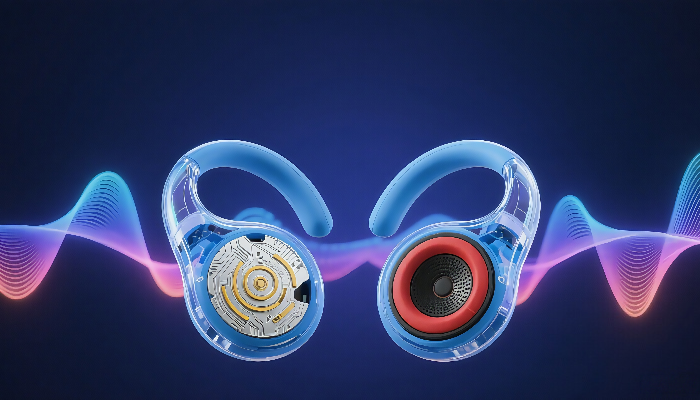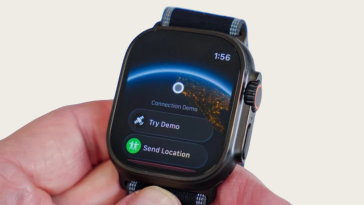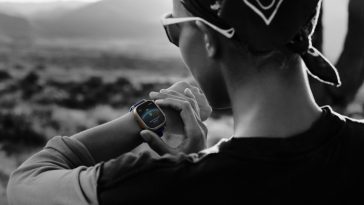Want True Wireless Fidelity? It’s More Than Meets the Ear!
Bluetooth earbuds are the go-to for music lovers on the move, but achieving genuine wireless hi-fi sound is about far more than premium drivers or sleek looks. Deep beneath the surface, factors like OS-level acoustic systems, advanced wireless codecs (think Sony’s LDAC for lossless), and intricate driver engineering—from diaphragm size to cutting-edge materials like Diamond-Like Carbon (DLC) coatings—all shape your listening experience.
This guide dives into the core tech defining Bluetooth audio quality. We’ll unpack everything from NANK’s comprehensive OS-level audio systems to the impact of driver design and breakthrough materials. Get the insights you need to cut through the 2025 noise and find your perfect pair for sonic bliss. Ready to dive in?
The Underlying Logic of Bluetooth Earphones’ Sound Quality:
OS Acoustic Systems & Driver Unit Design
Bluetooth earphones have undergone tremendous evolution, yet delivering truly high-fidelity sound via wireless transmission remains a complex interplay of hardware design, software signal-processing, and transmission protocol technologies. In this article, we explore the underlying logic shaping Bluetooth audio quality, highlighting the pioneering NANK OS acoustic system, Sony’s LDAC lossless codec, and the crucial role of driver size and diaphragm materials—including advanced diamond-like coatings. We conclude with a professional guide to selecting Bluetooth earphones optimized for audiophile-grade sound.
1. NANK’s Complete OS Acoustic System: Real-Time Adaptive Sound Correction
Unlike traditional earphone designs that rely primarily on fixed hardware tuning, NANK’s OS acoustic system employs an integrated, real-time feedback architecture:
- Embedded microphones inside the earbud sample the audio being delivered directly in the ear canal hundreds of times per minute.
- This data allows the system’s digital signal processor (DSP) to dynamically adjust sound output to compensate for ear canal resonance and environmental factors in real time.
- This continuous correction improves frequency response balance, clarity, and natural tonality, minimizing distortion and providing a more authentic listening experience.
The design philosophy echoes principles in advanced acoustic sensing and real-time error correction found in state-of-the-art audio systems, aligning with research on low-latency, adaptive acoustic feedback systems for precise sound control1. This holistic approach integrates hardware and software at the OS level for superior wireless sound fidelity.
2. Sony LDAC: Enabling Near-Lossless Wireless Audio Transmission
One historical bottleneck in Bluetooth audio quality has been the limited transmission bandwidth of standard codecs like SBC. Sony’s LDAC codec breaks barriers by enabling:
- High-resolution audio streaming at bitrates up to 990 kbps (versus approx. 330 kbps for SBC).
- Support for up to 32-bit/96 kHz audio signals, preserving the nuance and detail of Hi-Res tracks.
- Adaptive bitrate management ensures stable streaming with minimal dropouts or artifacts.
This advancement dramatically reduces digital compression impact and underpins the growing acceptance of wireless Hi-Res audio. LDAC’s ability to transmit approximately three times the data volume compared to conventional Bluetooth codecs significantly elevates perceived sound quality for compatible devices.
3. Behind the Sound: Driver Unit Dimensions and Design
The driver unit—essentially the earphone’s “speaker”—converts electrical signals into audible waves23. Its characteristics are pivotal:
| Feature | Influence on Audio Quality |
|---|---|
| Size | Larger drivers typically provide stronger bass and volume due to greater air displacement, but size alone doesn’t guarantee clarity or accuracy. |
| Number of Drivers | Multiple driver setups can separate frequency bands (bass, mids, highs), but flawed crossovers may cause phase issues and coloration. Single well-engineered drivers often yield more coherent sound. |
| Housing Design | Acoustic chambers and vents influence soundstage, resonance, and bass response, especially crucial in compact wireless designs. |
While larger drivers can produce more powerful low frequencies, optimal sound results from careful integration of driver size, enclosure tuning, and DSP-based acoustic systems rather than raw dimensions alone.
4. The Material Science of Diaphragms: Enhancing Transparency and Speed
The diaphragm material fundamentally controls driver behavior:
| Material | Characteristics and Effect on Sound |
|---|---|
| Plastic (PET/PEN) | Basic lightweight material delivering clean but sometimes less dynamic audio. |
| Graphene | Ultra-light and rigid, enabling faster transient response and smoother treble. |
| Beryllium | Extremely light and stiff; known for precise, detailed highs with minimal distortion. |
| Diamond-like Coated (DLC) | Combines extreme hardness and minimal mass for ultra-precise sound reproduction and extended frequency response, reducing vibration modes and distortion. |
| Composite Materials | Wood or metal composites influence tonal warmth or brightness depending on combination. |
Diamond-like coatings are emerging as a premium innovation, creating diaphragms whose acoustic transparency and transient accuracy approach theoretical limits, delivering richer detail and greater clarity45.
5. Professional Guide: Choosing Bluetooth Earphones for Exceptional Sound Quality
To select Bluetooth earphones with professional-grade audio performance, consider:
- Integrated OS Acoustic Systems: Opt for brands that employ adaptive, real-time sound correction rather than static EQ, such as NANK’s Super Sound OS.
- High-Bitrate Wireless Codecs: Ensure support for Sony LDAC, aptX Adaptive, or comparable lossless/near-lossless codecs for maximum audio fidelity.
- Driver Materials & Design: Prioritize earphones using advanced diaphragm materials like graphene or diamond-like coatings over simply larger driver sizes.
- Fit and Form Factor: Proper ear fit affects seal and bass response; sealed in-ear designs tend to offer better isolation and fidelity compared with open-ear form factors.
- Brand Transparency and Technical Specs: Choose manufacturers providing clear technical information about acoustic engineering and digital processing capabilities.
Conclusion
Bluetooth earphone sound quality results from an intricate synergy of system-level acoustic design, cutting-edge wireless transmission codecs, and meticulous driver engineering emphasizing size and diaphragm materials. NANK’s real-time OS acoustic system and Sony’s LDAC codec exemplify how technological innovation is closing the gap between wireless convenience and audiophile-grade fidelity.
Armed with this technical understanding, audio enthusiasts can navigate the market more intelligently—prioritizing holistic system design and material science to enjoy rich, immersive sound in truly wireless form.





 No products in the cart.
No products in the cart.